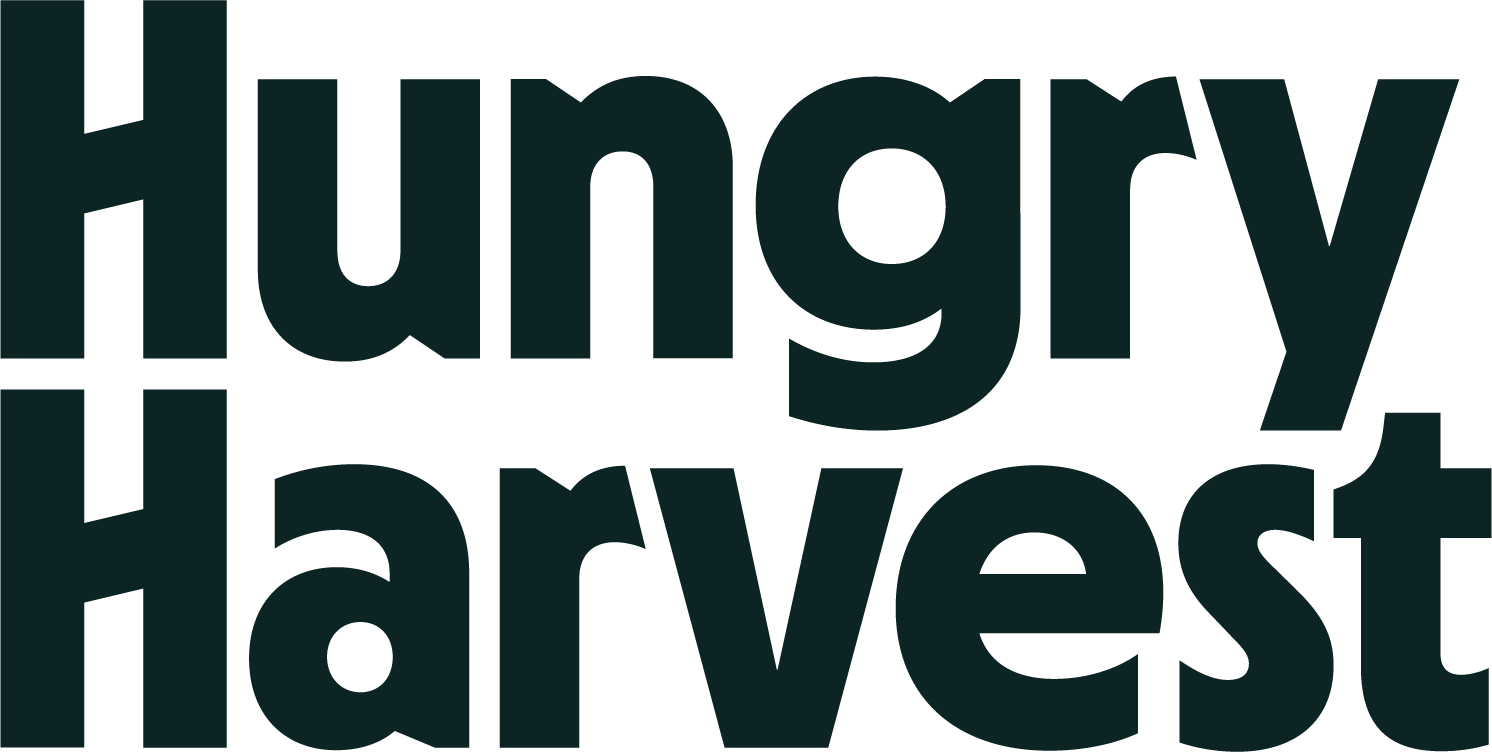The Truth About Food Waste
20 billion pounds of produce go to waste in this country every single year before even hitting retail.
That’s incredible on its own. But when you realize that number is calculated AFTER farmers ship some of their otherwise unsold harvest to processing facilities and food pantries, it’s mind-blowing.
We’ve recently seen a number of folks speculating that all that wasted produce isn’t wasted at all - that it’s destined for salsas, frozen food, soups or pantry donations. But if that were so, how does that 20 billion pound number persist year after year?
To address some of the biggest questions raised head on, we talked to one of our growers, Logan Boigenzahn at Specialty Potatoes & Produce. Please note this represents just one of our supplier’s experiences, but it does jive with the feedback we got from a large number of the farmers we work with every week. We think Logan’s story really helps illustrate just how big the issue of food waste is and how challenging it is for farmers to tackle.
“Aesthetics are the leading cause of waste in our and most every producer’s operation. There is a stigma with produce, that if produce isn’t within spec it cannot be used. We follow the spec set forth by regulatory agencies like the USDA, but there is a shift in what retailers are demanding. Being “in spec” is no longer acceptable to most retailers. Retailers and consumers are demanding perfect produce and often retailers have their own internal specifications on what they will and will not accept. So, hitting the correct spec is always a moving target. Some lots will have to be picked more than others to make spec and with limited or no home for “off-spec” produce, it often goes to waste.”
“Ugly” or unusual fruits and veggies actually only make up a small percentage of what goes to waste. Unfortunately, it’s produce that’s off-size, off-color, or even moreso, produce ready to be harvested but lacking a home that contributes to the bulk of food waste. It is such a subjective process too . . . what might not meet “spec” at retail could look perfect to the average person. That’s why we at Hungry Harvest talk about food waste in broader terms than just ugly or unusual.
According to Logan, there are numerous reasons why produce might be wasted (keeping in mind they primarily sell potatoes) - “Crooked product, slight surface discoloration, greening of produce, internal defects such as hollow heart, customers over ordering and then cancelling” are just a few that he identified.
Not every supplier has a relationship with a canned soup, salsa manufacturer or other food processing facilities to send this food that might otherwise go to waste. In the case of Specialty Potatoes & Produce, they will often try to send their potatoes out for dehydration. If those producers are full, anything leftover usually ends up back in their field to be tilled under.
Luckily we’ve been able to help their potatoes find a different home . . . yours. “By purchasing our product, Hungry Harvest has reduced the amount of waste coming out of our farm. For example, we had few to no places taking our purple fingerlings. Hungry Harvest has helped us move 85 percent of those potatoes. We were about to make the decision to cull all of the purples we had when Hungry Harvest started taking them. All in all, Hungry Harvest helped save over 30,000 pounds of purple fingerlings that would have ended up in a field.”
By offering farmers like Logan a fair price for their produce, we are able to help sustain the work they're doing while keeping the produce from going to waste. In terms of the implications on hunger and food access, we all recognize the insanity of so much food going to waste in this country while so many go hungry. “We try to move anything that is returned due to cosmetic imperfections to deserving homes such as food pantries” says Logan. Unfortunately, it's often more expensive for farmers to donate to a pantry than it is to just dispose of perfectly good produce.
“Cost is always a factor. When an order lands at a customer and that product is rejected for whatever reason, it is often so far from us that we don’t know the local pantries or soup kitchens that we could send that product to, especially if the order is brokered through another company. Sometimes if it is load volume product in bulk, most pantries are unequipped to handle all that volume at once, i.e. not enough volunteers to rework product, not a large enough building or cooler space, some are without loading docks and forklifts. Plus, the additional freight that is included adds to the loss on the load.”
We can help rescue that produce and then use our harvest deliveries to support donations to local hunger-solving organizations like Growing Soul, Inter-Faith Food Shuttle, The Lotus House, Forgotten Harvest and many others. Since 2014 we’ve been able to rescue over 12 million pounds of produce from going to waste and have donated or subsidized over 915,000 lbs to these organizations as well as to our own Produce in a SNAP community markets in food insecure neighborhoods. All of these programs are geared toward meeting our goals of working together with farmers & suppliers to fight food waste while providing healthy food access in our communities.
At Hungry Harvest, we’re constantly striving to make sure that the way we talk about our connection to suppliers and the global issue of food waste is accurate, authentic and based on the real stories of the growers, wholesalers, and packing houses that we work with on a regular basis. The truth is, food waste is a nuanced issue with no single, easy answer, but together we’re continuing to make a positive impact, and we’re grateful to be one small part of the solution.



